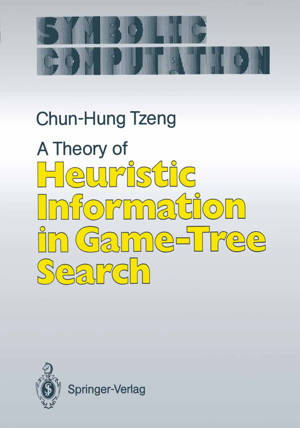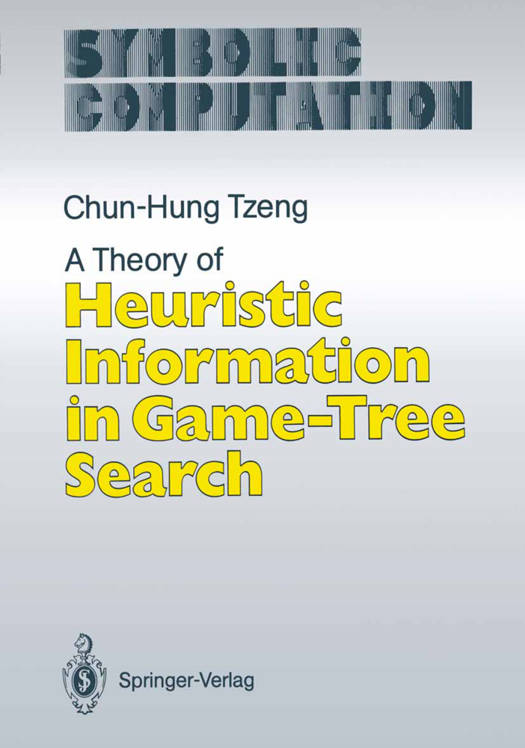
Je cadeautjes zeker op tijd in huis hebben voor de feestdagen? Kom langs in onze winkels en vind het perfecte geschenk!
- Afhalen na 1 uur in een winkel met voorraad
- Gratis thuislevering in België vanaf € 30
- Ruim aanbod met 7 miljoen producten
Je cadeautjes zeker op tijd in huis hebben voor de feestdagen? Kom langs in onze winkels en vind het perfecte geschenk!
- Afhalen na 1 uur in een winkel met voorraad
- Gratis thuislevering in België vanaf € 30
- Ruim aanbod met 7 miljoen producten
Zoeken
Omschrijving
Searching is an important process in most AI systems, especially in those AI production systems consisting of a global database, a set of production rules, and a control system. Because of the intractability of uninformed search procedures, the use of heuristic information is necessary in most searching processes of AI systems. This important concept of heuristic informatioD is the central topic of this book. We first use the 8-puzzle and the game tic-tac-toe (noughts and crosses) as examples to help our discussion. The 8-puzzle consists of eight numbered movable tiles set in a 3 x 3 frame. One cell of the frame is empty so that it is possible to move an adjacent numbered tile into the empty cell. Given two tile configurations, initial and goal, an 8-puzzle problem consists of changing the initial configuration into the goal configuration, as illustrated in Fig. 1.1. A solution to this problem is a sequence of moves leading from the initial configuration to the goal configuration, and an optimal solution is a solution having the smallest number of moves. Not all problems have solutions; for example, in Fig. 1.1, Problem 1 has many solutions while Problem 2 has no solution at all.
Specificaties
Betrokkenen
- Auteur(s):
- Uitgeverij:
Inhoud
- Aantal bladzijden:
- 107
- Taal:
- Engels
- Reeks:
Eigenschappen
- Productcode (EAN):
- 9783642648120
- Verschijningsdatum:
- 8/10/2011
- Uitvoering:
- Paperback
- Formaat:
- Trade paperback (VS)
- Afmetingen:
- 170 mm x 244 mm
- Gewicht:
- 204 g

Alleen bij Standaard Boekhandel
+ 201 punten op je klantenkaart van Standaard Boekhandel
Beoordelingen
We publiceren alleen reviews die voldoen aan de voorwaarden voor reviews. Bekijk onze voorwaarden voor reviews.









